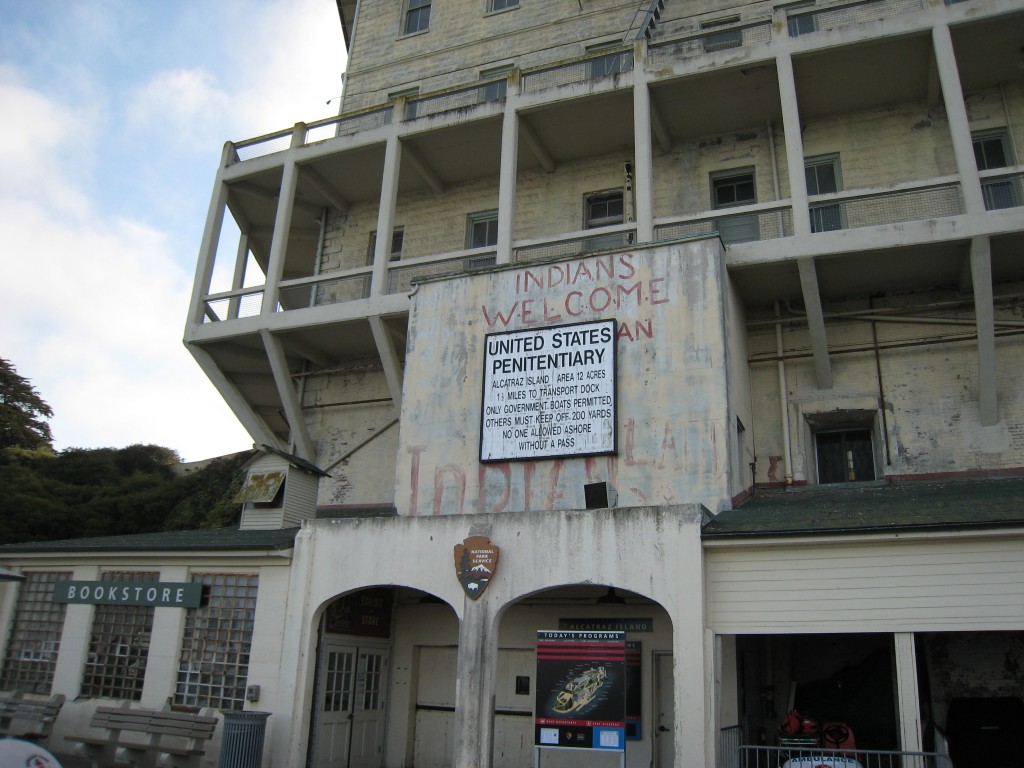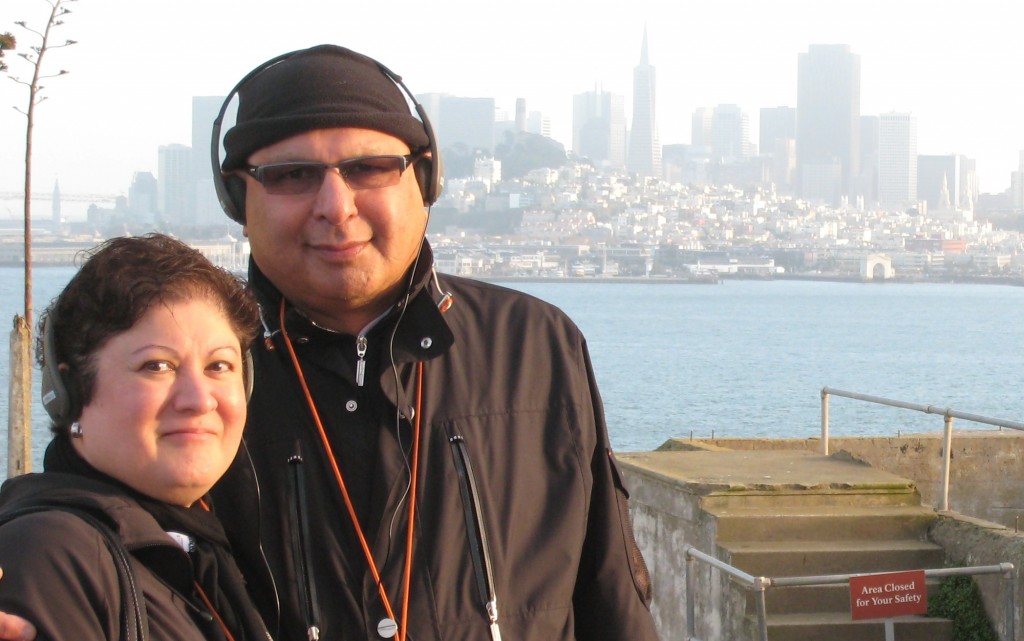I finished my high school in Dar-es-salaam, Tanzania. It was in a boarding school. We had no high school where I was born, Musoma, a port on Lake Victoria. The climate in Musoma is little milder than the scorching, coastal, humid heat of Dar-es-salaam. Our classes would end at 2:00 p.m. and before starting our homework, we had to return to our dorms and take a siesta for an hour.
Few years ago, we were in Spain travelling by train. If we reached our destination after lunch then we could not find any food till the evening. Almost everything shuts down in the afternoon for a siesta. Then evenings are spent drinking wine and eating delicious tapas. That is at the very heart of their lifestyle and culture. They know how to live.
Taking “power naps” during internship, residency and then working as a surgeon became a habit for me. Now it is impossible to go without taking a nap. Depending on the circumstances, the naps can be anywhere from five minutes to 20 minutes long. It is very refreshing.
When it comes to taking naps, I am sure, many of you have had the same kind of experience as I have had, Men are well known for dosing off on the sofa after a meal while the TV is on. I use my naps as part of my meditation time. I start with slow deep breathing exercises and then slide into a snoring session. My alarm wakes me up and then I am ready and fresh to begin work.
Sometime ago, I read an article in the New York Times (NYT) titled “A Look at Who Naps” (July 29, 2009). It says one in three adults admit that on any typical day they take a nap. A survey taken in the U.S. revealed all kinds of individuals take naps.
If you are sleep deprived due to some reason of health, work or travel then, you will take a nap. Even the stoic ones, who feel they can sleep for four to five hours a night and carry on realise that they need to do some sleep catch-up time.
Americans average 6.9 hours of sleep on weeknights, according to the National Sleep Foundation. Ideally, a healthy adult should sleep seven to eight hours a night. If you are sleep deprived then you are not thinking as clearly as you would like to. If your are sleep-deprived for 24 hours straight, then you are cognitive equivalent of being legally drunk. Your performance suffers.
Studies have shown that the sleep-deprived among us are lousy judges of our own sleep needs. We are not nearly as sharp as we think we are, says the NYT article.
There is stigma attached to napping. Your associates, friends or family may think you are lazy or lack ambition. Of course that is not true. If that was the case then I wouldn’t be writing about it.
Confessed nappers include Albert Einstein, Winston Churchill, Thomas Edison and Presidents Ronald Reagan and Bill Clinton.
According to one sleep expert quoted in the NYT article, napping should have the status of daily exercise. Nobody has defined what constitutes a nap. The National Sleep Foundation points out on its Web site: “While naps do not necessarily make up for inadequate or poor quality night time sleep, a short nap of 20-30 minutes can help to improve mood, alertness and performance.”
And that is good for your health.
Start reading the preview of my book A Doctor's Journey for free on Amazon. Available on Kindle for $2.99!








